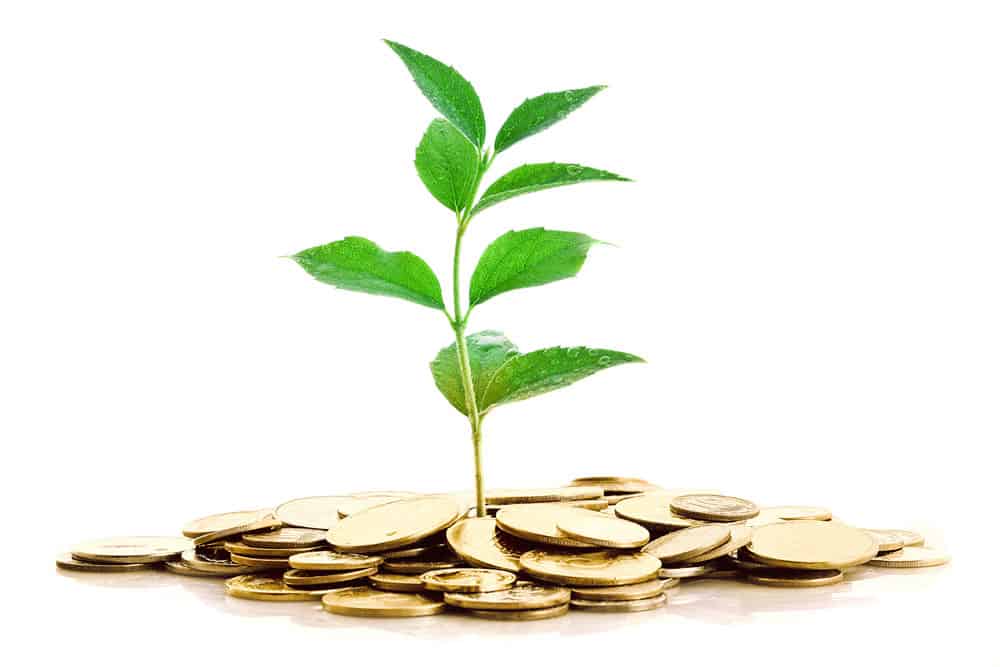Gary Connolly speaks of regrets in the market and techniques in getting the best possible value for money.

Gary Connolly
We all remember the stocks we ruefully never bought. The so-called FAANGs – Facebook, Apple, Amazon, Netflix and Google – are a case in point. My ‘coulda, shoulda, woulda’ portfolio is crammed full of stocks that experienced an exceptional rise over the last number of years, in which I was a guilty bystander.
Several years ago I had an epiphany; stock-picking is a skilful game and should be reserved for those with ample time (and skill) to devote to it. I didn’t have either. Today I don’t own any individual stocks bar one, Berkshire Hathaway, which is arguably not an individual stock at all.
What I didn’t appreciate fully at the time was just how difficult stock picking is, even for the professionals. And buying is only half the battle. I bought Anglo Irish Bank in 1998 before selling at a profit in 2001 (to fund the purchase of an engagement ring!). I had to endure the pain of that trade, as it continued to rise exponentially, for seven long years before it eventually dropped below the price at which I sold.
A fascinating report from JP Morgan sheds some new light on these difficulties, and it makes for sober reading, even for investment professionals.
Consider this:
- Since 1980, two-thirds of all US stocks have underperformed the index. Yes, that’s a one-in-three chance of picking a stock that outperforms the index.
- The median stock returned 54% less than the index.
- The US stock market has risen twentyfold since 1980, yet the JP Morgan report shows that 40% of US stocks have suffered large, permanent declines (defined as a drop of 70% or more that was not recovered).
The reason the overall market did well is because of a handful of winners – some 7% of stocks are extreme winners, driving the index. The odds of picking such stocks in advance are tiny.
The gains of the stock market being concentrated in a small number of holdings are not new concerns. The FAANG stocks have accounted for a large proportion of the US stock market’s gain in 2017 (nearly 30%). In fact, from 1994 to 2014, the S&P 500 returned 9.3% a year. The top ten stocks were good for 4.1%, or just shy of 45% of the total gains. So it’s perfectly normal that a handful of the 500 stocks in the index account for a large portion of the gains each year.
But beware of the so-called ‘winner’s curse’! All over the world, the largest stocks in the index go on to suffer years of underperformance, according to prominent money manager Rob Arnott.
One argument is that by the time a stock is number one in the market, nearly everyone owns it, and, the story is well known… popularity kills. According to Ned Davis Research, between 1972 and 2013, the US stock market (S&P 500) gained approximately 5,000%. If you had owned the largest stock in the world for each of those years, your return would be reduced to just 400%. It is not unusual for a small number of stocks to be the drivers of much of the return from the stock market, from year to year.
There are a few ways to interpret the results of the studies in this article. One is to take the view that outsized returns are available for those that identify the market winners. The other is to take the view that overall market returns are driven by these stocks to some degree and one can participate in them by taking an overall diversified Index approach.
Warren Buffet’s advice for the cash left to his wife is that 90% should be invested in a very low-cost S&P 500 Index fund. If it’s good enough for the world’s most successful investor, then do as John Bogle, founder of Vanguard says: “Don’t look for the needle in the haystack. Just buy the haystack.”
Gary Connolly is Managing Director of iCubed, promoting better investment outcomes through a collaborative approach to investing. He can be contacted at gary@iCubed.ie or on Twitter @gconno1. iCubed Training, Research and Consulting, trading as iCubed, is regulated by the Central Bank of Ireland.

